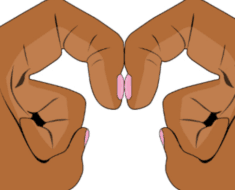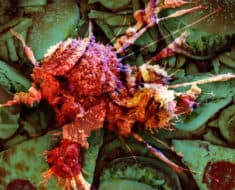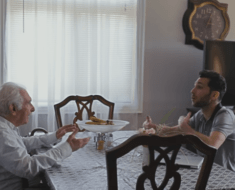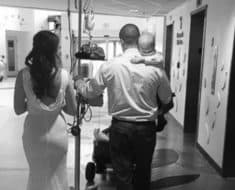
Source: https://www.womensweb.in
Aside from skin cancers, Breast Cancer is the most common cancer in women, as well as ‘the second leading cause of cancer death in women’ with the first being lung cancer. In America alone, statistics show that there is a 13% chance that a woman will get breast cancer at some point in her life, which roughly translates to about 1 in every 8 women that will be diagnosed with it. And sadly, the number is on the rise. Studies also show that within the next year, there will be around 268,600 new cases of invasive breast cancer that will be discovered, and another ‘62,930 new cases of carcinoma in situ’ which is considered non-invasive and the earliest form of breast cancer. Although while a bigger percentage of women are being diagnosed with breast cancer, more and more studies and medical treatments are being developed to best treat this growing disease. Here are the best currently available breast cancer treatment options.
Early Signs And Symptoms Of Breast Cancer
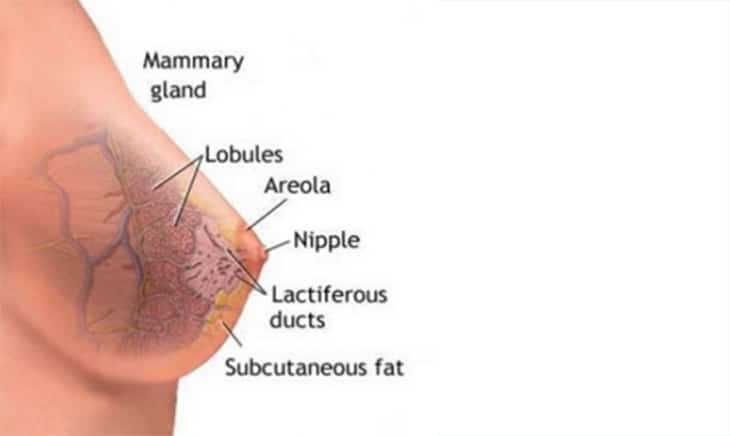
Source: http://www.stbotanica.com
Breast cancer can occur in all women, regardless of age. But sometimes, it’s difficult to determine whether you actually have it or not. Most of the time, women are led to the fact that they have the disease when they feel a mass or lump within their breast, but there are also other symptoms that can help women decipher whether they have it or not. Aside from actually doing a mammogram or other medical examinations that truly test for breast cancer, according to the American Cancer Society, here are some signs and symptoms that all women should look out for. Especially since early detection is a major key to surviving the disease.
- Changes to your nipple and areola like a change in color and size
- Nipple retraction or inversion
- Dimpling or changes to the nipple skin, texture looks and feels like an orange peel
- Swelling of a part or of the entire breast
- Pain in any part of the breast or nipple
- Nipple discharge
When To See Your Doctor
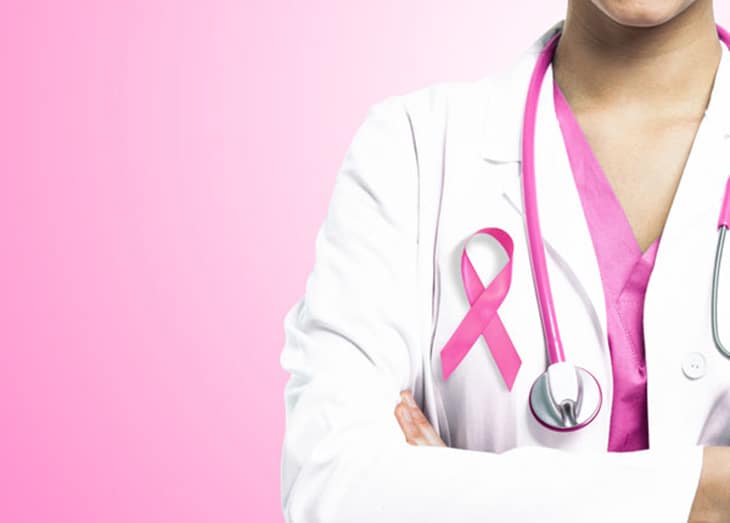
Source: https://www.orissapost.com
As mentioned earlier, early detection is truly key to finding the best and proper treatment to beat breast cancer. If you have noticed any symptoms for yourself or possibly a loved one, be sure to seek out professional help immediately to make sure that you know exactly what you’re dealing with because the earlier you find out about it, you raise your chances of beating it by a mile. Although all these symptoms can be signs of breast cancer, it doesn’t mean that just because you are experiencing one, you are sure to have the disease. Never make assumptions but be sure to go to the doctor to see if you really have it and seek the correct treatment, which you will find in the next few pages.
Treatments For Breast Cancer
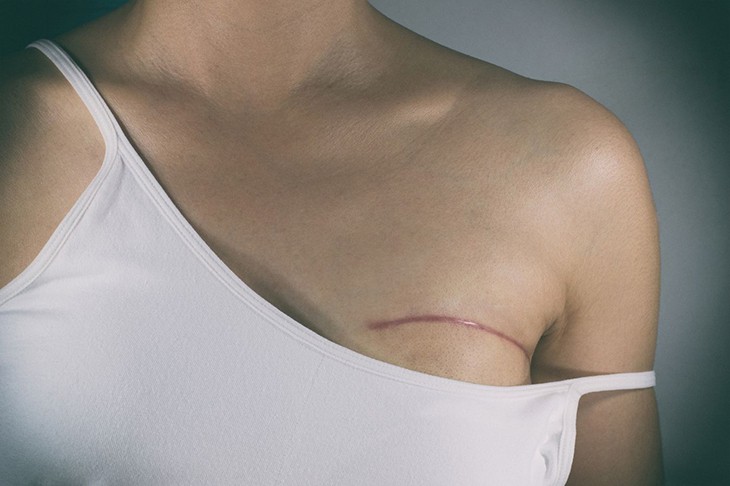
Source: https://www.inquirer.com
Treatment Number 1: Lumpectomy Surgery
One treatment for breast cancer is having surgery to remove the lump, which is called a lumpectomy. The surgery ‘involves the removal of the cancerous tumor and some surrounding tissue and is followed by radiation.’ This type of treatment works for those whose tumor is only in one place in the breast and want to save their breast as well. Like any other treatment, there are advantages and disadvantages which are as follows:
The advantages are:
- Keeping or maintain your breast or its appearance
- The surgery is less invasive
- A quicker and less painful recovery period
The disadvantages are:
- A need to have radiation for around 5 to 7 weeks
- Having a higher risk of the cancer coming back
- The need for a re-excision of the breast
- In case of the cancer returning, radiation cannot be done on the same breast
Treatment Number 2: Mastectomy Surgery
A mastectomy is when a doctor has to surgically remove the entire breast or both breasts. This is done when there are a number of malignant tumors of 4 centimeters in size or bigger in the tissue of the breast, and in a number of different areas too. Some women also choose to get a mastectomy because they are afraid that the cancer will return. Just like a lumpectomy, there are advantages and disadvantages to a mastectomy which are as follows:
The advantages are:
- It helps women feel less worried about the cancer returning
- There’s a less likely chance that cancer will come back
- Radiation isn’t always necessary
The disadvantages are:
- Recovery period is longer
- The surgery is more invasive
- Permanent breast loss
- Sometimes reconstruction is needed
Treatment Number 3: Radiation
Radiation theory is explained by the Mayo Clinic as ‘intense energy beams to kill cancerous cells.’ Depending on a person’s case, after the lumpectomy or mastectomy, radiation may be needed in order to remove any remaining cancer cells in the surrounding tissue of the affected area. Normally, the radiation takes anywhere between 5 to 7 weeks but might take longer if the patient needs more sessions. Again, there are advantages and disadvantages for both.
The advantages are:
- It kills a bigger number of cancer cells
- It can shrink tumors
- The procedure is usually painless
The disadvantages are:
- It can harm the other surrounding tissue
- It’s not able to kill all the cancer cells in bigger tumors
- There’s a chance the cancer will return
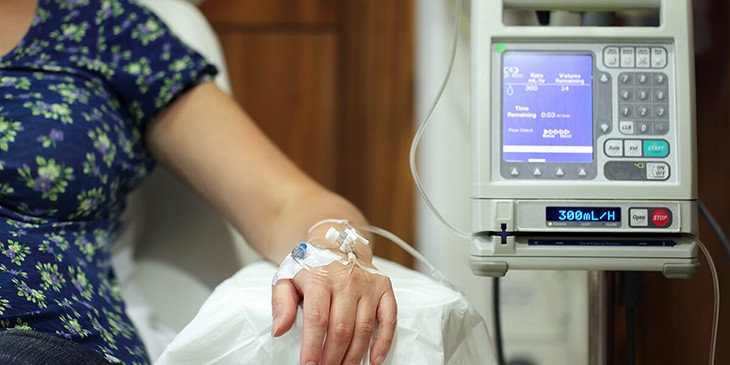
Source: https://viterbischool.usc.edu
Treatment Number 4: Chemotherapy
One of the most common treatments for any type of cancer is chemotherapy. Chemo, as it’s known, ‘involves taking cancer-killing chemicals either intravenously or in pill form.’ This type of therapy can help before any surgery is done to help shrink whatever tumors exist. They are also taken after surgery to kill any cancer cells that remain. One major concern with chemotherapy is that it’s disadvantages sometimes far outweigh the advantages.
The advantages are:
- It can lengthen someone’s life
- There’s a possibility that it can cure the cancer if diagnosed early enough
The disadvantages are:
- Doesn’t always work
- Can cause major nausea and fatigue
- Death can occur in rare cases
- Doesn’t always work well with other medications
- It can cause chemotherapy fog
- Hair loss can occur
Treatment Number 5: Hormone Therapy
For some forms of breast cancer, hormone therapy is one type of treatment that can help. The American Cancer Society shares ‘some types of breast cancer cells have receptor sites where estrogen attaches. These cancer cells use estrogen to grow and spread; hormone therapy may be recommended. This therapy can only be used for women whose cancer specifically feeds on estrogen. To further help the treatment, an estrogen-blocking drug might be given to help prevent the cancer from coming back.
The advantages are:
- It helps slow the cancer cell growth
- Helps prevent the cancer from returning
The disadvantages are:
- It can’t be used for all kinds of breast cancer
- It can cause vaginal dryness and hot flashes
Treatment Number 6: Targeted Therapy
There are certain types of breast cancer that is much more aggressive than the others. One of the best types of treatments is called targeted therapy, which ‘involves drugs developed to target growth factors on certain types of aggressive breast cancer cells.’ This therapy will only work on patients that are dealing with ‘HER2-positive breast cancer, hormone receptor-positive breast cancer, or have the breast cancer gene.’ The medication works by causing the cancer cells to die or it blocks the receptor sites to slow down any growth of the cancer cells.
The advantages are:
- It targets the cancer cells rather than causing damage to all the cells
- It helps slow the growth of the cancer
The disadvantages are:
- The HER2 therapy can cause heart damage
- Some cause fatigue, muscle aches, nausea and chills
How To Make Decisions On The Best Treatment To Take
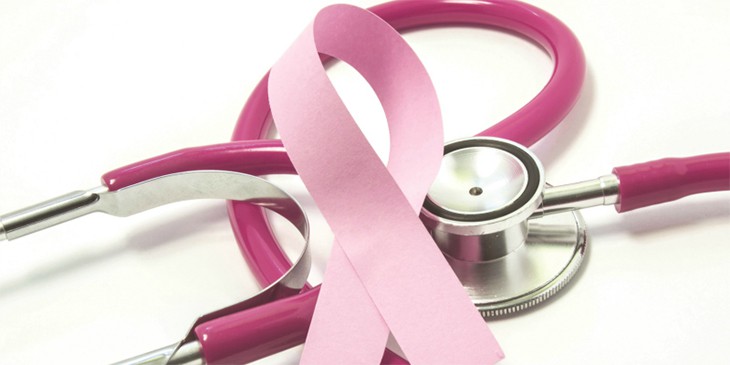
Source: https://bravamagazine.com
Although there are a number of treatments that can be used to deal with breast cancer, each one should be thoroughly discussed with your oncologist to know which one will best suit the patient. Be sure to discuss every treatment in length, and if possible, seek more than one opinion to get the best advice for your case. Everyone reacts to therapy different from another, so you’ll always have to work hand in hand with your doctor to make sure that you are responding positively to your treatment or need to seek out a different kind of therapy.
Finding out that you have breast cancer, or any kind of cancer for that matter, can be a terrifying thing. But thankfully there are continuous studies being done that helps both doctors and patients figure out the best and most effective treatments that will lead them on their way to remission. Of course every treatment will depend on a patient’s particular case, age, stage of cancer and overall health, but knowing about the options available and being informed is already one step in the right direction of becoming cancer free.











